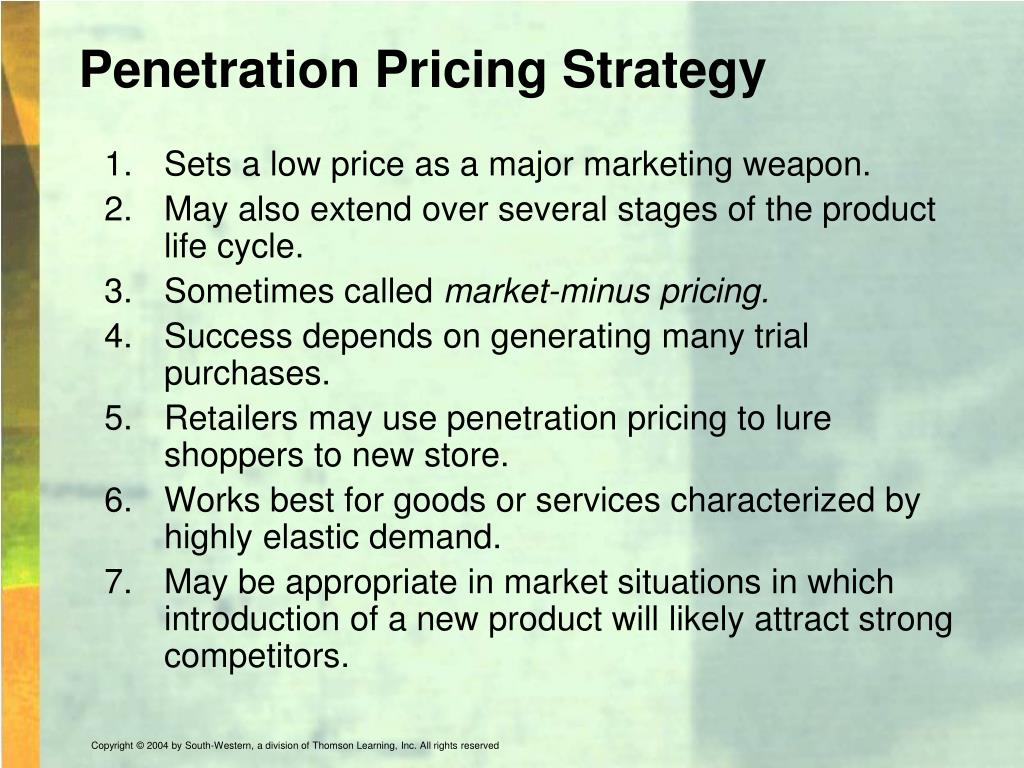

Streaming companiesĪs you can already tell from this section, there are many companies that use penetration marketing, including streaming service companies. Today, Amazon continues to use penetration pricing in various ways, such as offering lower prices on certain products and services, to attract customers and maintain its dominant position in the market. The company started with very low prices which then allowed it to quickly gain market share and establish itself as a leader in the ecommerce industry. To achieve this, Amazon relied profoundly on penetration pricing. When Amazon first launched its online bookstore, knowing most people preferred buying their books from their local bookstore, the ecommerce giant knew it had to find a way to encourage users to try buying online. Still, it was the initial penetration pricing strategy that helped the company establish itself as a major player in the industry. Over time, Uber has gradually increased its prices to be more in line with those of traditional taxi companies. When Uber first launched its ride-sharing service, it offered prices that were significantly lower than those of traditional taxi companies. Below are examples of several companies that have used the penetration pricing strategy. This allowed Amazon to quickly gain market share and establish itself as a leader in the ecommerce industry. This allowed Uber to quickly gain market share and establish itself as a major player in the transportation industry.Īnother example is Amazon, which offered lower prices than traditional brick-and-mortar bookstores when it first launched its online bookstore. As we briefly mentioned earlier, one notable example is Uber, which initially offered prices that were significantly lower than those of traditional taxi companies. Many companies have successfully used penetration pricing to gain market share and establish themselves as viable competitors.

Once the company has established a customer base, it can gradually increase its prices to closely match those of its competitors. The aim of this strategy is to attract a large number of customers quickly, which can help the company gain a foothold in the market and build brand awareness.

Penetration pricing involves setting a low price for a product or service, which is typically lower than the market average. By offering a lower price than competitors, the company aims to attract a large number of customers and establish a foothold in the market. Penetration pricing is a strategy where a company sets a low price for its product or service to gain market share quickly. The strategy is based on the idea that a low price will entice customers to try a new product, which in turn will create buzz and generate positive reviews. Penetration Pricing is a pricing strategy in which the price of a product is set low to reach a wider market and initiate promotion. Penetration pricing is often used by businesses new to a market or launching a new product line that finds themselves in need of building brand awareness and gaining customer loyalty. The goal of penetration pricing is to attract a large number of customers quickly and establish the company as a viable competitor in the market. Penetration pricing refers to a pricing strategy in which a business sets a low price for the products to gain market share.


 0 kommentar(er)
0 kommentar(er)
